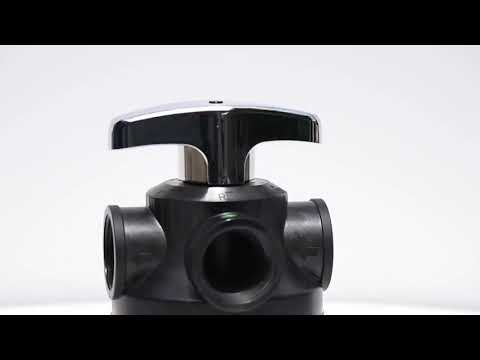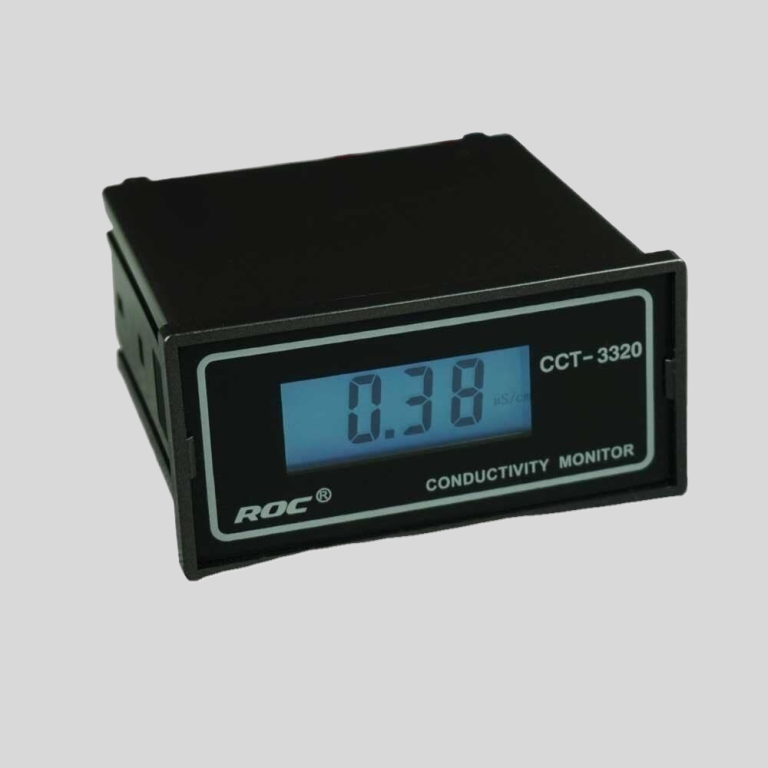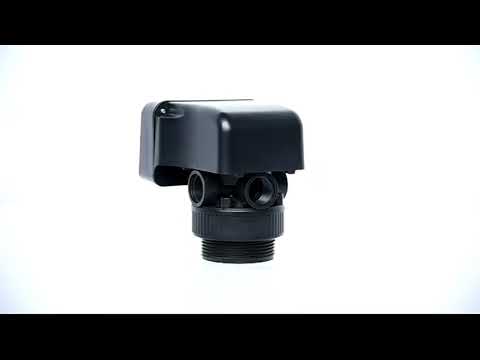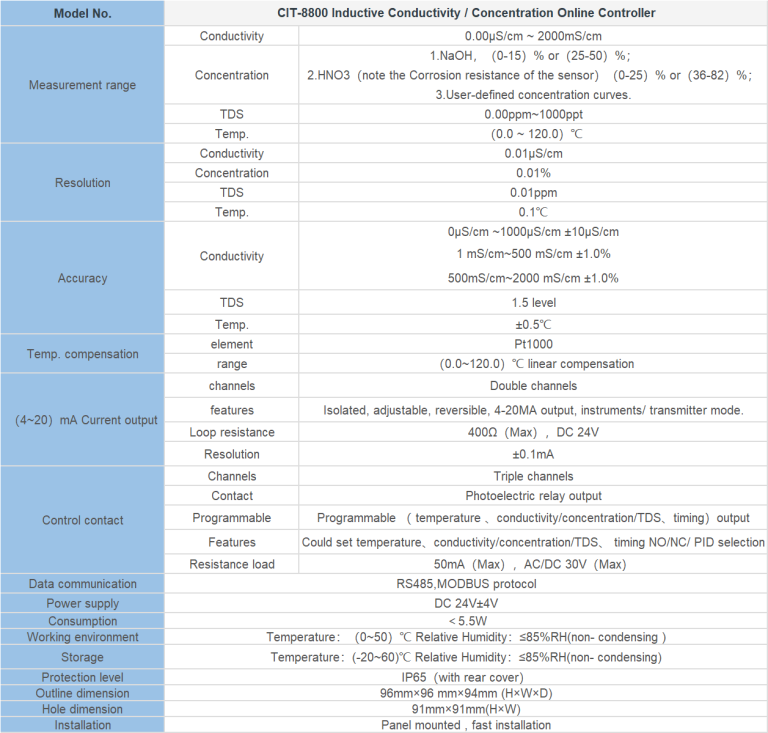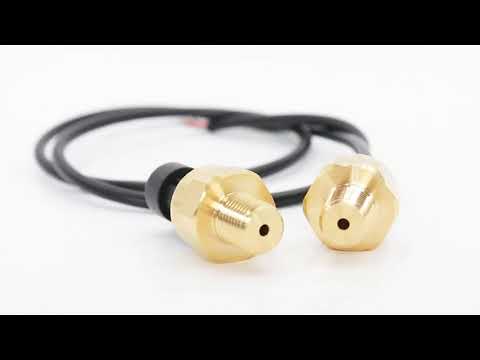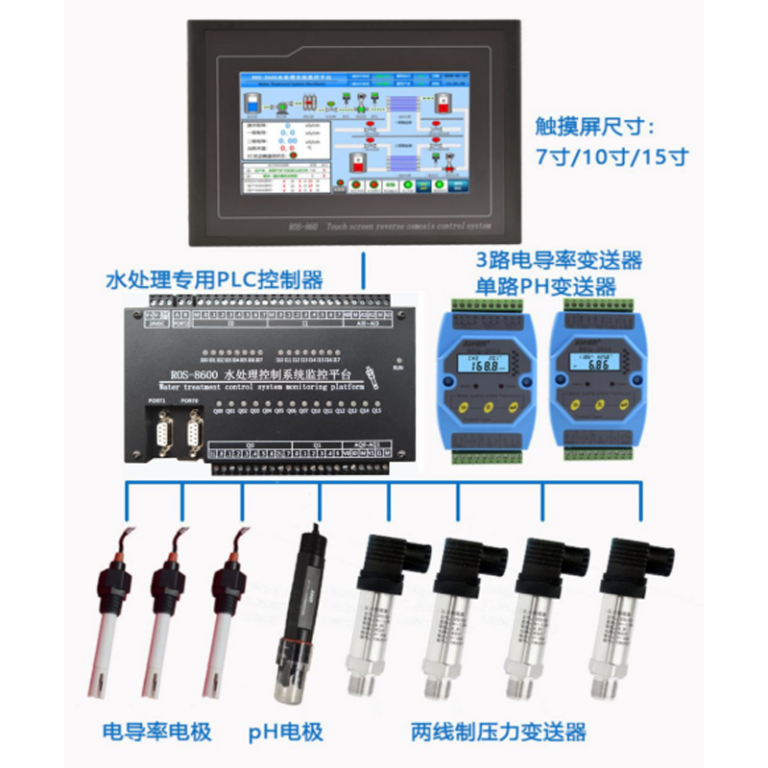Tagline: “Unlocking the Power of Refreshment: Discover the Optimal Time for water softener regeneration.”
Understanding the Regeneration Process of Water Softeners
Understanding the Regeneration Process of Water Softeners
Water softeners are essential appliances in many households, as they help remove minerals like calcium and magnesium from hard water. Over time, these minerals can build up in pipes and appliances, causing damage and reducing their efficiency. To ensure that a water softener continues to function effectively, it needs to go through a process called regeneration. But when exactly does this regeneration process occur?
The regeneration process of a water softener typically takes place when the resin bed, which is responsible for removing the minerals from the water, becomes saturated with these minerals. This saturation occurs after a certain amount of water has passed through the softener, and the resin bed can no longer effectively remove the minerals. At this point, the water softener needs to regenerate to restore its ability to soften water.
The frequency of regeneration depends on several factors, including the hardness of the water, the size of the resin tank, and the water usage in the household. In general, most water softeners are set to regenerate every few days or weeks. However, some advanced models can adjust their regeneration schedule based on the actual water usage, ensuring optimal efficiency and water softening capacity.
During the regeneration process, the water softener goes through several stages. First, it enters a backwash phase, where water flows in the opposite direction to flush out any accumulated debris and sediment from the resin bed. This helps clean the resin bed and prepare it for the next stage.
| Model | Valve Material | Inlet/Outlet | Continuous (0.1Mpa drop) | Peak (0.175Mpa drop) | Cv** | Maximum Backwash (0.175Mpa drop) | Distributor Pilot | Drain Line | Brine Line | Mounting Base | Height (from top of the tank) |
| CM29 | Unleaded brass | 2″ | 24.09m³/h | 31.81m³/h | 27.5 | 25gpm | 1.5″I.D. | 3/4″(male) | 1/2″, (3/8″) | 4″-8UN | 12″ |
Next, the water softener enters the brine draw phase. During this phase, a concentrated salt solution, also known as brine, is drawn from the brine tank and introduced into the resin bed. The brine solution helps remove the minerals that have accumulated on the resin beads, replacing them with sodium ions. This process is known as ion exchange and is the key mechanism behind water softening.
After the brine draw phase, the water softener enters the slow rinse phase. During this phase, fresh water is introduced into the resin bed to rinse away any remaining brine and ensure that the resin bed is ready for the next cycle. This rinse helps prevent any residual salt from entering the household water supply.
Finally, the water softener enters the fast rinse phase, where water flows through the resin bed at a higher rate to remove any remaining brine or impurities. This phase ensures that the water softener is fully regenerated and ready to provide softened water to the household.
In conclusion, the regeneration process of a water softener is crucial for maintaining its effectiveness in removing minerals from hard water. The frequency of regeneration depends on factors such as water hardness, resin tank size, and water usage. During the regeneration process, the water softener goes through stages like backwash, brine draw, slow rinse, and fast rinse to clean the resin bed and restore its ability to soften water. By understanding the regeneration process, homeowners can ensure that their water softeners continue to provide them with high-quality, softened water.


